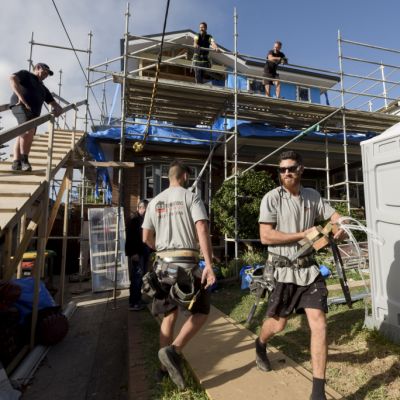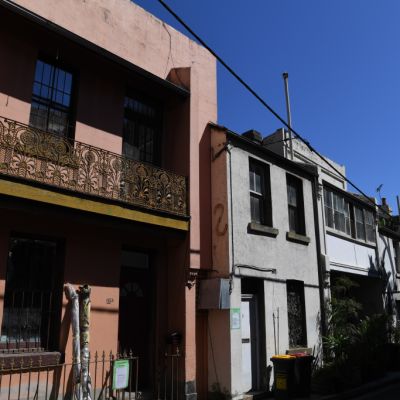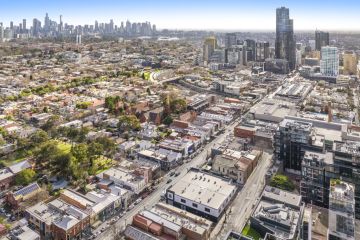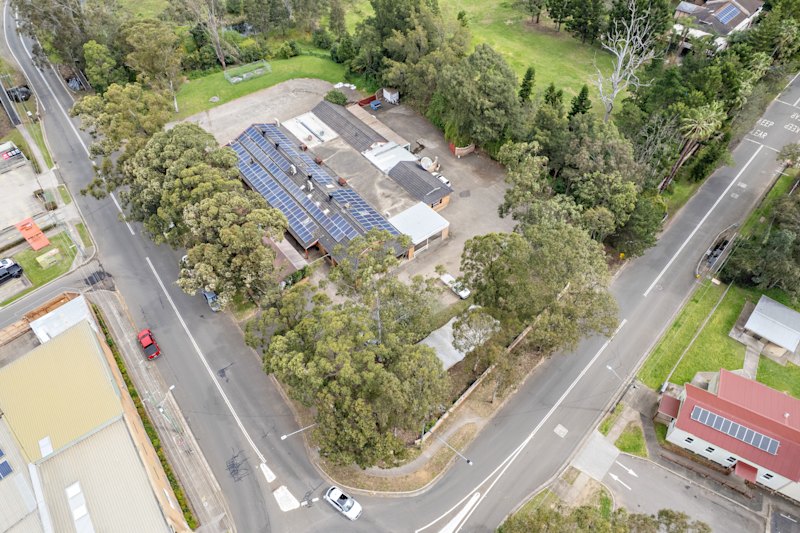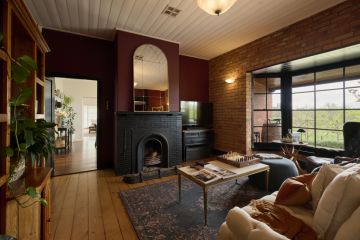HomeBuilder: Eight ways that $688 million could be better spent on housing to stimulate the economy
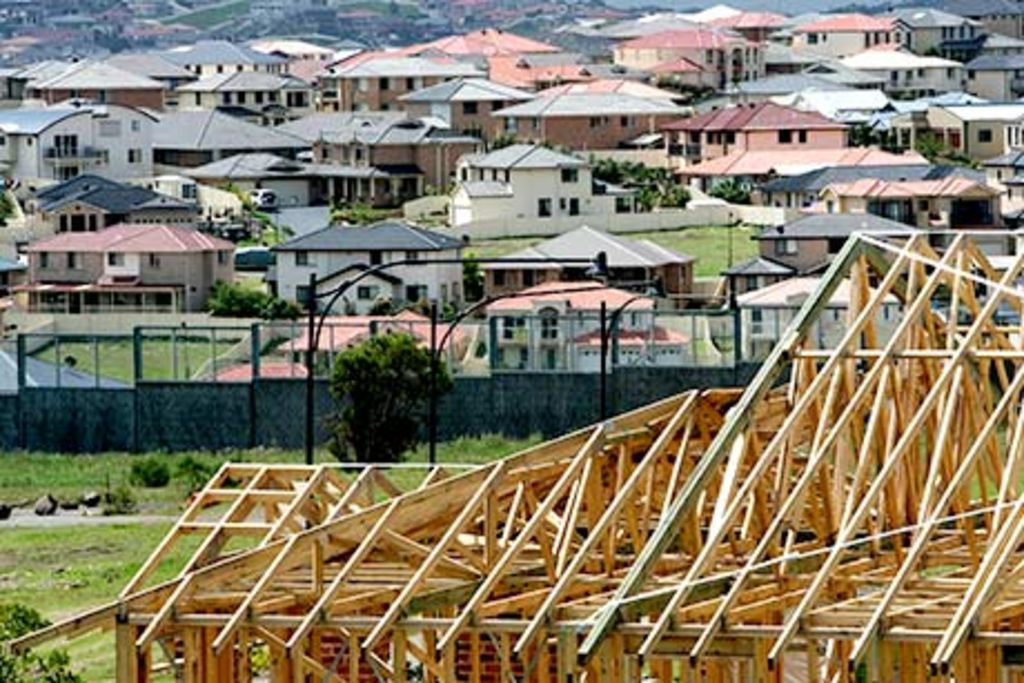
Critics have slammed the federal government’s HomeBuilder stimulus program, with one labelling the $688 million scheme to subsidise renovations as “grotesque”.
To be eligible, home owners must be undertaking renovations worth at least $150,000 and no more than $750,000, and have household incomes lower than $120,000 for singles and $200,000 for couples. It also will provide subsidies for new construction projects.
Grattan Institute fellow Brendan Coates said the stimulus was unlikely to have any effect because it wouldn’t be widely taken up.
“As far as getting the best bang for your buck, they have missed the mark,” he said. “The money will largely go to projects that would have happened anyway, before it would spend a dollar supporting a single construction job.”
What else could the money be used for? Here are some property-related initiatives that experts recommend.
1. Building new social housing
The $688 million HomeBuilder package, which aims to see 30,000 extra new homes built by Christmas, could construct the same amount of social housing properties instead.
This would raise construction output in Australia by at least $15.7 billion over four years and increase GDP between $5.8 million to $6.7 billion, according to economic modelling released by the Community Housing Industry of Australia (CHIA) and National Shelter earlier this week.
It would also create up to 18,000 full-time equivalent jobs each year on average, reaching up to 24,500 jobs on-site and in the wider building services industry by 2021-22.
Domain economist Trent Wiltshire said the money could have been better spent on building new social housing. “We know there is an undersupply of social housing and a lot of it is in poor condition,” he said.
The peak construction lobby group Housing Industry Association agrees.
“Social housing projects shouldn’t be an either-or [scenario],” HIA economist Tim Reardon said. “As the market slows down, there is capacity in the market for state governments to build new social housing projects with the abundance of skilled trades and also taking renovations work on existing stock.”
2. Renovating existing social housing
About 23,000 social housing properties could also be improved in Victoria alone, according to Everybody’s Home national spokesperson Kate Colvin.
The national alliance of housing bodies has long argued maintenance of these properties would not only have the immediate benefit of improving people’s lives but create thousands of jobs.
“It would be work that could be commenced very quickly, unlike the HomeBuilder program,” Ms Colvin said. “A $150,000 renovation on your home is a very substantial piece of work that would need in many cases planning approval.
“Social housing properties are older and in a state of disrepair. They need upgrading of the bathrooms, kitchens and often repairing minor repairs.
“All of that kind of work is very labour intensive so it would – if funded – generate immediate jobs for tradespeople.”
CHIA chief executive Wendy Hayhurst said renovating older social housing would also see improved efficiency standards.
“If you bring someone’s energy bills down, they are going to spend it on food,” Ms Hayhurst said.
3. Building green infrastructure
A depopulated city centre would make it easier for building owners to install green walls, green spaces and other pieces of green infrastructure in the CBD, the University of Melbourne’s Nick Williams said.
He said the installation and maintenance of green infrastructure was a complex task and stimulus would expand a small industry, which would also provide lasting jobs and boosts to building values.
4. Improving the thermal efficiency of homes
Academics, activists and lobbyists have been calling for schemes to improve the thermal efficiency of Australian homes for some time. In 2018 a senate committee report even found our homes were underprepared for the country’s weather, which will be made worse by climate change. None of the recommendations were implemented.
Schemes which help home owners and landlords improve their properties in hot and cold weather include insulation, draught sealing, and double-glazed windows.
5. Helping people in mortgage stress in the outer suburbs
There are more than 300,000 low-income families at higher risk of mortgage default in outer suburbs, according to the National Growth Areas Alliance, a national alliance of councils located in the fast-growing outer urban areas.
The alliance’s chief executive Bronwen Clark said the HomeBuilder package would be better spent on these families who were scraping together their mortgage than someone who had access to a $150,000 renovation.
“What’s of greatest concern is the scale of the problem … we’re talking about 300,000 mortgages that are at risk of default in the outer suburbs,” Ms Clark said.
“People are only a month or two away from not being able to pay their mortgage at all. Of course the flow-on effects is catastrophic for that number of people.”
6. Underwriting interest-free loans for struggling renters
Experts are concerned about the debt bomb situation tenants could be facing if their landlord was insisting on rent deferrals rather than reductions, and interest-free loans could help make up the shortfall on their rents. While not stimulus, preventing renters from falling into debt which they could be evicted over could also help to prevent house price falls from forced sales down the line.
The idea was floated by the Greens MP for Newtown Jenny Leong as the COVID-19 crisis began.
7. Better funding for family violence crisis accommodation
Crisis accommodation for women and children fleeing domestic violence is severely underfunded, and some advocates in the industry say that because women have nowhere to go, they stay with abusive partners.
Tipping some funds into the sector would help alleviate the pressure on its workers and women fleeing family violence.
8. Disability-focused retrofits
Greens Senator Jordan Steele-John took to Twitter to suggest the government consider a scheme to retrofit homes to better suit their disabled residents.
This has been a problem for some time, and would provide jobs in a similar way to thermal efficiency retrofits. Advocacy groups have been calling for these measures for years.
We recommend
We thought you might like
States
Capital Cities
Capital Cities - Rentals
Popular Areas
Allhomes
More

